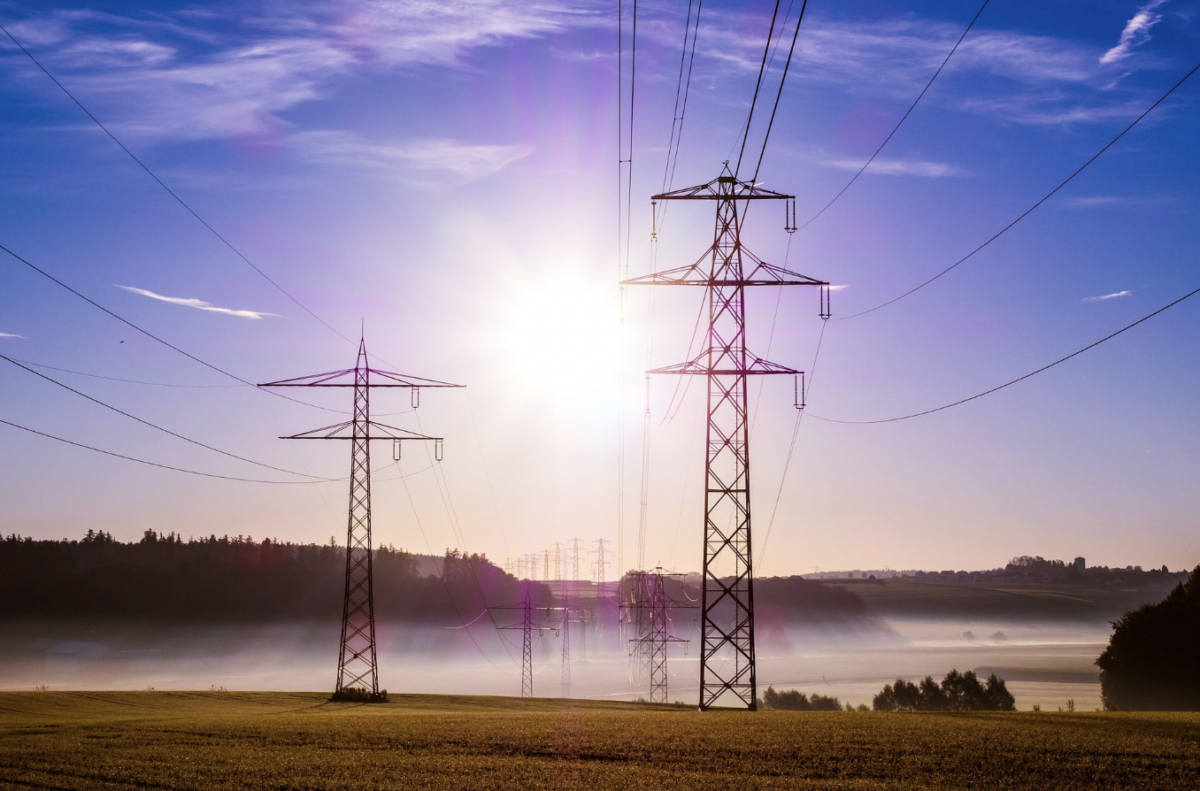From pv magazine USA
Transmission interconnection processes “need to evolve” to handle the larger number of interconnection requests seen in recent years, the US DoE says in a new “roadmap” report.
The report presents 35 interconnection improvement solutions developed through a DoE stakeholder engagement process that was launched 22 months ago, known as the Interconnection Innovation e-Xchange (i2X) program.
The DoE will play an ongoing role in implementing the solutions, it said in a press release. It will help to facilitate solution adoption, provide funding and technical assistance, and support the research community.
One of the solutions presented is to “ensure” that generators have the option to elect energy-only interconnection and agree to be “re-dispatched”– that is, curtailed – as needed, rather than paying for network upgrades. This approach, known as “connect and manage,” is critical for speedy interconnections in Texas.
To achieve this solution, the roadmap proposes actions by the US Federal Energy Regulatory Commission (FERC), transmission providers, and interconnection customers.
One of the roadmap’s “long-term” solutions is to “explore options” to allow interconnection customers to self-fund and provide their own interconnection studies, subject to transmission provider oversight, rules, and requirements.
Tesla said in late 2022 that with access to grid models, the company could estimate a project’s interconnection costs with an informational study in less than two weeks. At that time, two trade groups also renewed their calls to allow third-party interconnection studies.
Five of the solutions are related to workforce development, and include highlighting “the important role of interconnection policy and practice in the clean energy transition.”
The report said that target time frames for key metrics, including a 12-month time frame for a “completed project” to advance from an interconnection request to an interconnection agreement. Among projects that enter the third and final interconnection study phase, the targeted completion rate is 70%, compared to a recent actual percentage of 45%.
While transmission providers “play a central role” in managing and implementing interconnection process improvements, the report said that “ideas and actions often come from other stakeholders.”
Many stakeholder groups participated in the i2X process to brainstorm and develop solutions, including interconnection customers, state agencies, federal regulators, load serving entities, equipment manufacturers, consumer advocates, equity and energy justice communities, advocacy groups, consultants, and researchers both within and outside the DoE.
“Members from all these stakeholder groups should continue to participate in the implementation” of the solutions, the report said, adding that “reform is thus a group effort.”
As the DoE developed the roadmap, FERC issued Order 2023, which also aims to reform interconnection. The roadmap “introduces additional ideas that support longer-term interconnection process evolution,” said the DoE, and its solutions “are intended to complement and support” Order 2023.
The DoE will hold a webinar on the roadmap on May 8 at 1 p.m. (ET), focused on the roadmap’s solutions and targets. The department’s 125-page roadmap report is titled “Transmission Interconnection Roadmap: Transforming Bulk Transmission Interconnection by 2035.”
This content is protected by copyright and may not be reused. If you want to cooperate with us and would like to reuse some of our content, please contact: editors@pv-magazine.com.



By submitting this form you agree to pv magazine using your data for the purposes of publishing your comment.
Your personal data will only be disclosed or otherwise transmitted to third parties for the purposes of spam filtering or if this is necessary for technical maintenance of the website. Any other transfer to third parties will not take place unless this is justified on the basis of applicable data protection regulations or if pv magazine is legally obliged to do so.
You may revoke this consent at any time with effect for the future, in which case your personal data will be deleted immediately. Otherwise, your data will be deleted if pv magazine has processed your request or the purpose of data storage is fulfilled.
Further information on data privacy can be found in our Data Protection Policy.